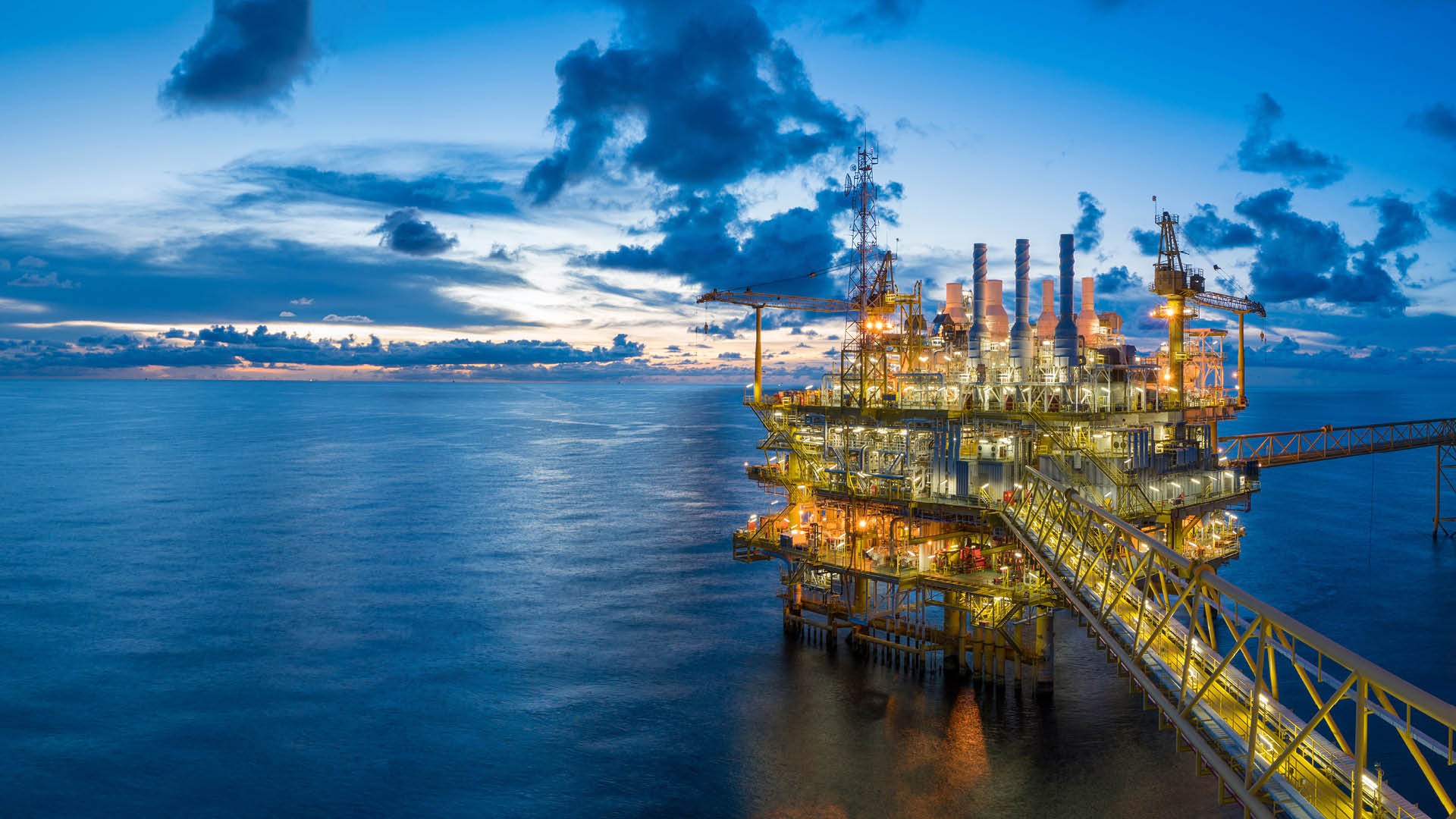Introduction
The national government presented its new three-phase strategy in December that will build on its strengths in hydrocarbons and renewables.
The growing global interest in hydrogen is clearly evidenced by the number of national governments—whose economies collectively account for over 70pc of the global GDP—that have announced hydrogen strategies. The federal government of Canada released its Hydrogen Strategy for Canada in December 2020. The strategy, driven by the federal government’s mission to decarbonise Canada’s energy systems, outlines the country’s plans to harness its potential for significant hydrogen production. The strategy projects that, by 2050, up to 30pc of Canada’s end-use energy may utilise hydrogen.
Canada has several strategic advantages that can support a robust hydrogen industry. These include both carbon-based and renewable resources for producing hydrogen, a skilled energy sector, strategic infrastructure and a history of being a global leader in the hydrogen and fuel-cell market.
Developing Canada’s hydrogen economy
To encourage hydrogen development in Canada, the strategy makes recommendations under the following eight themes:
- Creating strategic partnerships, including expanded public/private partnerships
- Derisking investments by establishing funding programmes, long-term policies and business models for investment
- Encouraging research and development
- Updating, harmonising and developing new codes and standards
- Introducing policies and regulations to incent the successful integration of hydrogen energy
- Fostering awareness of the benefits of and uses for hydrogen
- Facilitating regional blueprints to identify specific opportunities for hydrogen production and end-use
- Marketing Canada’s brand globally to ensure long-term demand for Canada’s hydrogen.
Timeline for Canada’s hydrogen economy
The strategy plans for the development of Canada’s hydrogen sector in three phases.
Over the near-term (2020-25), the strategy identifies foundational objectives such as developing new hydrogen supply and distribution infrastructure, enacting regulations to fund and facilitate investment, and implementing new policy and regulatory measures needed to reach net-zero emissions by 2050.
In the mid-term (2025-30), the strategy focuses on growth and diversification of the hydrogen sector with a goal of reaching 10-20pc of total hydrogen deployment and greenhouse gas abatement by 2030. Activities that may help meet this goal include large-scale hydrogen production, increased blending with natural gas, hydrogen deployment in mining operations and pilot projects to explore hydrogen in utility-scale energy storage projects.
In the long-term (2030-50), the strategy anticipates that Canada will realise the benefits of an enhanced hydrogen industry through rapid market expansion. In this phase, the strategy contemplates an increase in hydrogen-only pipelines, as the percentage of hydrogen blended into natural gas in existing pipelines is limited for technical and safety reasons.
Over the course of this 30-year planned economy, the strategy anticipates that decreases in the carbon intensity of hydrogen production will correspond with increases in renewable-based, government-supported projects. However, the strategy acknowledges a significant role for fossil fuels and Canada’s existing oil and gas infrastructure in facilitating large scale hydrogen production, distribution and deployment.
Synergies with fossil fuel infrastructure
The strategy’s ultimate goal is to encourage production of green hydrogen. However, the scale-up of hydrogen supply volumes and infrastructure to support investment in green hydrogen production will most easily be achieved through production of blue hydrogen. Therefore, the production of blue hydrogen is integral to the objectives of the strategy in its near-term and mid-term phases.
Western Canada is well positioned to leverage its rich hydrocarbon reserves, unique geology and expertise in carbon capture, utilisation and storage and existing natural gas transportation and sequestration infrastructure to meet the demand for blue hydrogen. However, as the upstream oil and gas industry develops new production methods and manages the challenge of reducing the carbon-intensity of hydrogen production, the midstream oil and gas industry needs to consider how it will accommodate the unique challenges of hydrogen transportation, including capacity demands.
A recent study by GDM Pipelines (Assessing Western Canada’s Readiness to Compete in an Emerging Hydrogen Economy) assessed the suitability of Western Canada’s existing 683,000km of oil and natural gas pipelines for transportation of hydrogen blended with natural gas and determined:
- As much as 76pc of Western Canada’s existing pipelines may be suitable for transporting up to 5pc hydrogen blended with natural gas
- Up to 65pc of Western Canada’s existing pipelines may be suitable for transporting up to 20pc hydrogen by volume
- At most, 8pc of Western Canada’s existing pipelines may be suitable for transporting up to 50pc hydrogen by volume
Each of these estimates includes a percentage of pipelines that will require engineering assessments, and potential modifications, for hydrogen transportation.
Western Canada’s large pipeline network is capable of transporting hydrogen blended with natural gas because many of the pipelines were designed to transport sour gas (H2S). However, GDM Pipelines identifies that, among other things, a pipeline’s age, materials and past use will be factors in determining any single pipeline’s suitability for carrying hydrogen blended with natural gas. In addition, GDM Pipelines emphasises that the unique safety risks of transporting hydrogen (e.g. hydrogen ignites more easily, leaks occur more often and are difficult to detect, and hydrogen flames require special detectors) must be considered. Mitigating these risks will require, among other things, retrofitting seals, fittings, valves and gaskets, as well as new regulations and codes.
The federal government’s draft Clean Fuel Regulations, which followed the strategy, are the first step in its plan to address the cost inefficiencies of hydrogen production and transportation. Additionally, work is required to establish formal, widely accepted definitions of blue and green hydrogen based on quantifiable carbon intensity standards and to develop carbon emission offsets for hydrogen production and use.
Canada’s success in achieving the strategy’s short-term goals will inform future policy objectives, administrative decisions and legislative proposals at all levels of the Canadian government. If the strategy is successfully and thoughtfully implemented, and increased demand crystallises and a new global hydrogen economy emerges, Canada has the resources and knowledge base to compete in such an economy.





